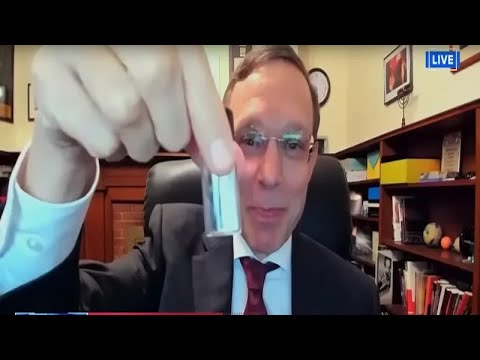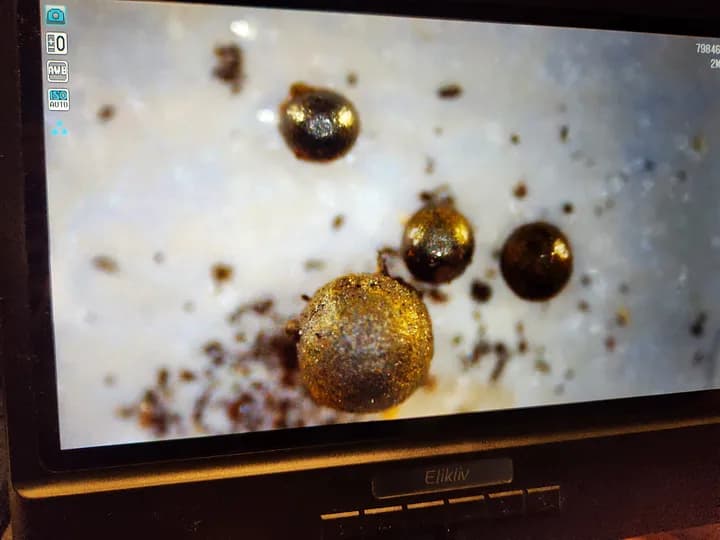Harvard astronomy professor Avi Loeb’s Galileo Project expedition to the ocean off Papua New Guinea seeking fragments of interstellar meteor CNEOS 2014-01-08 has discovered iron-rich spherules raised from the ocean floor by a magnet-equipped dredge which appear consistent with those from iron-type meteors with admixture of other elements. Further suggestive of meteoric origin is that spherules were recovered along the calculated part of the meteor’s flight but are absent or very rare in control samples taken at some distance from the path.
The spherules have now been returned and are in the hands of researchers at three laboratories who will determine the elemental and isotopic composition of the material which may allow dating it and provide evidence it did not originate in the nebula from which the Sun and solar systems planets condensed.
The complete story of the expedition and ongoing analysis of the material recovered is on Avi Loeb’s “Diary of an Interstellar Voyage”.
The expedition team held its first online meeting to plan ahead and start putting together the content of the scientific paper that summarizes our findings. We hope to complete the preliminary analysis of the spherules through three laboratories in UC Berkeley, Harvard and the Bruker Corporation in Germany, and incorporate the results into a paper that will be submitted for publication in a peer-reviewed journal within the coming month. The fundamental question we will address is whether the elements and radioactive isotopes in the spherules have different abundances than solar system materials. If so, we would also check for any anomalies that might indicate a technological origin. For example, the melted material of semiconductors would include rare elements at a much higher abundance than found in nature.

